
Find Help
More Items From Ergsy search
-

Why is there a call for greater transparency in banking fees?
Relevance: 100%
-

What initiatives are in place to address banking fee transparency?
Relevance: 96%
-

How can banks improve transparency regarding their fees?
Relevance: 96%
-

Calls for Greater Transparency in Banking Fees as Complaints Rise
Relevance: 95%
-
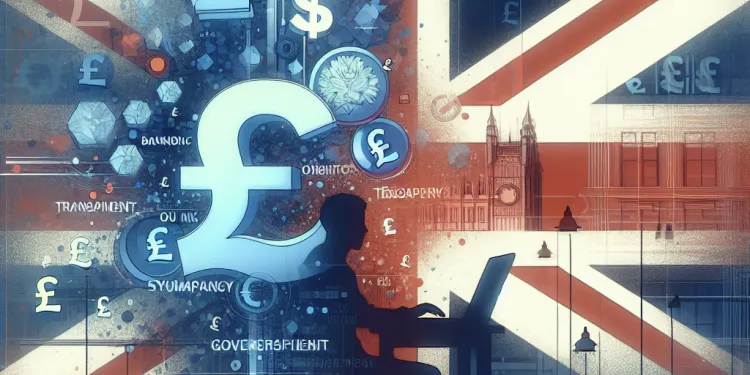
How can government policies influence transparency in banking fees?
Relevance: 94%
-

How does technology help in enhancing transparency in banking fees?
Relevance: 93%
-
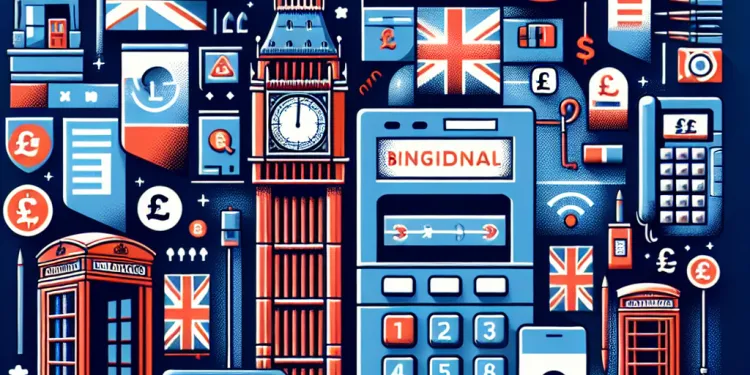
What actions are consumer rights groups taking regarding banking fee transparency?
Relevance: 87%
-
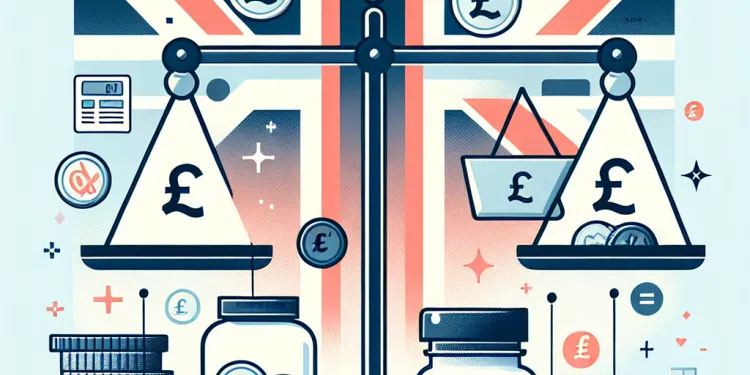
What role do regulatory bodies play in fee transparency?
Relevance: 73%
-

What feedback do customers give regarding banking fees?
Relevance: 72%
-
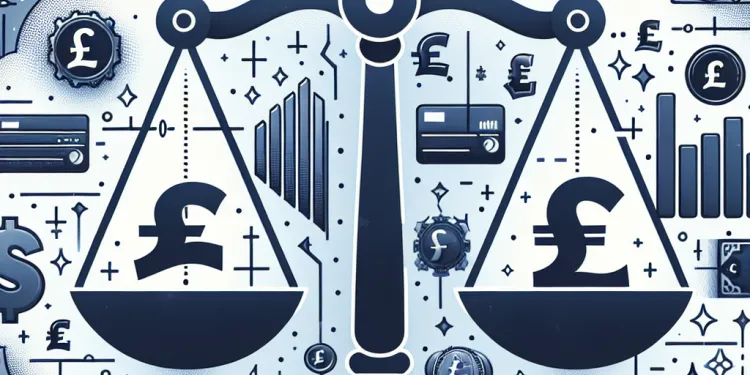
What are the consequences for banks not complying with transparency standards?
Relevance: 72%
-

How do banking fees impact financial inclusion?
Relevance: 72%
-

Are there specific banking services more prone to opaque fee structures?
Relevance: 68%
-

Do online banks have lower fees than traditional banks?
Relevance: 66%
-

Do all banks have the same fee structures?
Relevance: 66%
-
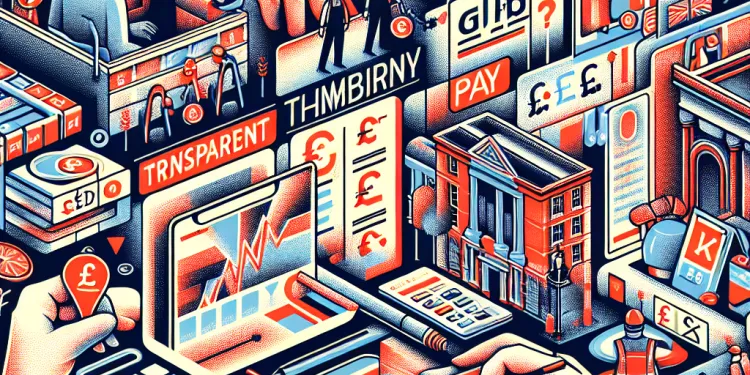
Do gig workers have the right to transparency in pay and fees?
Relevance: 66%
-

Can customers dispute unexpected banking fees?
Relevance: 66%
-

What role do customer service representatives play in fee transparency?
Relevance: 63%
-

Why are some banking fees unexpectedly high?
Relevance: 63%
-

How can disputes over banking fees be resolved effectively?
Relevance: 57%
-

What are some examples of hidden fees in banking?
Relevance: 57%
-

How can consumers protect themselves from hidden banking fees?
Relevance: 56%
-

Are there any hidden fees with Monzo or Revolut?
Relevance: 52%
-
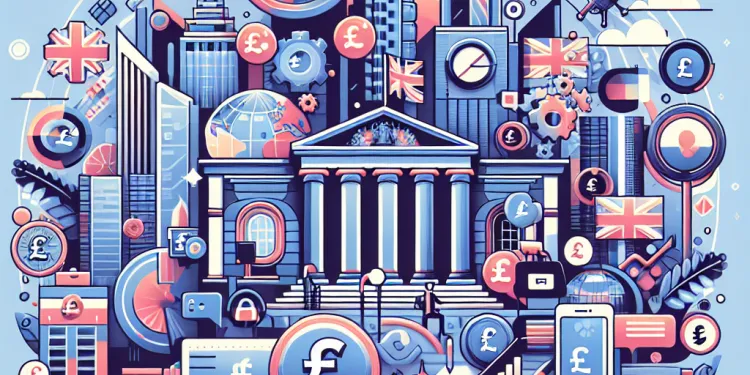
Can I use Monzo or Revolut for everyday banking?
Relevance: 47%
-

Are there any fees to claim money back?
Relevance: 44%
-

Is it easy to switch banks to Monzo or Revolut?
Relevance: 39%
-

Will students receive the payment directly into their bank accounts?
Relevance: 38%
-
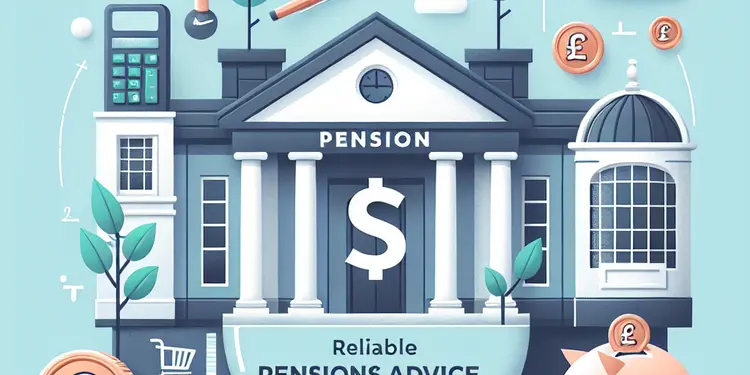
Is advice from my bank on pensions reliable?
Relevance: 38%
-
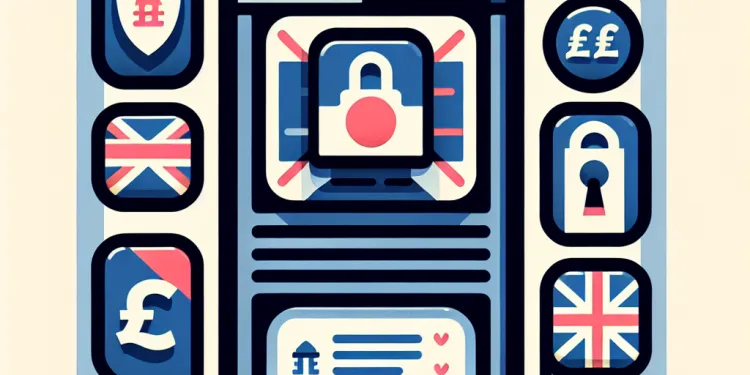
Are online banks like Monzo and Revolut safe?
Relevance: 37%
-

How transparent are water companies regarding infrastructure improvements?
Relevance: 37%
-

What types of fees are customers most concerned about?
Relevance: 37%
-

Is there a cost to receive food from a food bank?
Relevance: 36%
-

Are there any fees associated with balance transfers?
Relevance: 36%
-

Do online banks offer investment options?
Relevance: 36%
-

Are there fees associated with Stocks & Shares ISAs?
Relevance: 35%
-
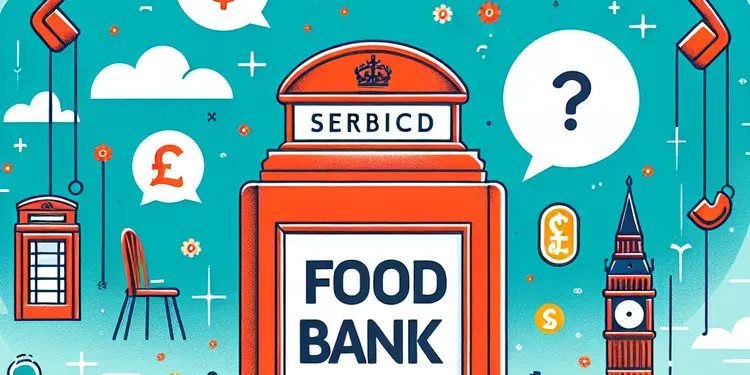
What is a food bank?
Relevance: 35%
-

Are banks required to disclose all fees?
Relevance: 34%
-

Are food banks open on weekends?
Relevance: 33%
-

Can I receive my tax refund directly into my bank account?
Relevance: 32%
-

Can anyone use a food bank?
Relevance: 32%
-

How can I access food banks?
Relevance: 32%
Introduction
In recent years, there has been an increasing call for greater transparency in banking fees within the UK financial sector. Customers and regulatory bodies alike are demanding more clarity regarding the costs associated with banking products and services. This demand is driven by a need to facilitate informed decision-making and foster greater trust between banks and their customers.
Understanding Banking Fees
Banking fees are charges imposed by banks for various services, ranging from account maintenance to overdraft facilities. These fees are often not straightforward, leading to customer confusion. Many account holders experience unexpected charges, leading to dissatisfaction. The complexity and lack of transparency in the way these fees are communicated make it difficult for consumers to understand what they are actually paying for.
Consumer Rights and Advocacy
Consumer advocacy groups in the UK have been vocal about the need for better disclosure of banking fees. These groups argue that clearer information will empower consumers to make better financial choices. They assert that transparency is a consumer right and play a crucial role in preventing banks from imposing hidden or unfair charges. Instituting measures for transparency can reduce consumer vulnerability and enhance their financial security.
Regulatory Pressure
The Financial Conduct Authority (FCA) and other regulatory bodies in the UK have been pushing for greater transparency in how banks communicate their fees. These regulators believe that transparency is key to ensuring fair competition and accountability within the banking sector. By enforcing stricter disclosure requirements, they aim to create a level playing field where customers can easily compare the costs associated with banking products.
Benefits of Transparent Banking Fees
Transparent banking fees have multiple benefits. For consumers, they lead to increased awareness and understanding, while enabling them to make more informed decisions. For banks, transparency can build trust and improve customer satisfaction. By clearly outlining all fees, banks can differentiate themselves as honest and customer-centric institutions. Transparency also mitigates the risk of reputational damage that hidden fees can cause when uncovered.
The Role of Technology
Technology plays a significant role in fostering transparency. Many fintech companies are leading the charge by offering easy-to-use digital platforms that break down traditional banking barriers. Through these platforms, consumers gain access to clear, real-time insights into their financial activities and associated costs. Banks are now encouraged to embrace similar technologies to provide detailed, straightforward fee disclosures to meet modern consumer expectations.
Conclusion
The call for greater transparency in banking fees is gaining momentum in the UK. Increased clarity of fees can drive competition, protect consumers, and promote fair business practices. In this light, both regulatory frameworks and technological advances are pivotal in achieving the transparency that stakeholders are demanding. By addressing these concerns, the UK banking sector can move towards a more open and trust-based relationship with its customers.
Introduction
Recently, people want banks to be clearer about their fees in the UK. Customers and people in charge want to know how much banking costs. This helps people make good choices and trust banks more.
Understanding Banking Fees
Banking fees are the money you pay banks for their services, like keeping your account or if you spend more than you have. Sometimes, these fees are confusing and surprise people. When banks do not explain fees well, it's hard to know what you are paying for.
Consumer Rights and Advocacy
Groups that help customers in the UK want banks to explain fees better. They say clear information helps people make good money choices. Knowing about fees is a right, and it helps stop banks from charging extra secretly. Clear fees can protect people and their money.
Regulatory Pressure
In the UK, the Financial Conduct Authority (FCA) and others want banks to be clearer about fees. They think clear fees are important for fair competition among banks. They want rules so everyone can see and compare banking costs easily.
Benefits of Transparent Banking Fees
Clear banking fees have many good things. For people, it helps them know what they are paying and make smart choices. For banks, being clear builds trust and makes customers happier. Banks can show they are honest and care about customers. Clear fees also stop problems when hidden fees are found out.
The Role of Technology
Technology helps make fees clear. New tech companies use simple apps to show what banks charge. These apps let people see their money and costs easily. Banks should use similar technology to explain their fees clearly and meet what people expect today.
Conclusion
More people want banks to be clear about fees in the UK. Knowing fees better helps competition, keeps customers safe, and makes business fair. Rules and new technology can help make banking clear. This way, banks and customers can trust each other more.
Frequently Asked Questions
Why do consumers want more transparency in banking fees?
Consumers want more transparency in banking fees to understand the true cost of using banking services and to avoid unexpected charges.
How can lack of transparency in banking fees affect consumers?
Lack of transparency can lead to unexpected fees, financial stress, and difficulty in managing personal finances effectively.
What are some common types of hidden banking fees?
Common hidden fees include overdraft fees, ATM withdrawal fees, maintenance fees, and foreign transaction fees.
How can banks improve transparency in their fee structures?
Banks can improve transparency by providing clear, detailed information about fees and charges at the time of account opening and in regular statements.
What role can technology play in increasing transparency of banking fees?
Technology can provide real-time notifications, detailed online statements, and digital tools to help consumers track and understand their fees.
Are there regulations that require banks to disclose their fees?
Yes, there are regulations, like the Truth in Savings Act in the U.S., that require banks to disclose fees, but enforcement and clarity vary.
How do transparent fee structures benefit consumers?
Transparent fee structures help consumers make informed decisions, compare banking products, and avoid unexpected charges.
How does fee transparency contribute to financial literacy?
Fee transparency enhances financial literacy by helping consumers understand the cost implications of their banking habits.
What impact does fee transparency have on competition among banks?
Fee transparency can increase competition, as consumers are more likely to choose banks with lower and clearer fees.
Can fee disclosures improve customer satisfaction?
Yes, clear fee disclosures can improve customer satisfaction by building trust and reducing frustration from hidden charges.
Do all banks have the same level of transparency in fees?
No, transparency levels vary widely between banks depending on their policies, regulatory environments, and customer-focused practices.
How can consumers identify transparent banks?
Consumers can identify transparent banks by researching their fee structures, customer reviews, and disclosures before opening an account.
What steps can a consumer take if they encounter unclear banking fees?
Consumers can contact their bank for clarification, review their account agreement, and report to consumer protection agencies if necessary.
How do hidden fees affect trust in financial institutions?
Hidden fees can erode trust, as consumers may feel misled or cheated, leading to dissatisfaction and a potential loss of customers.
In what ways can banks communicate their fees more effectively?
Banks can use clear language, simplify fee tables, provide examples, and utilize digital tools for effective communication of fees.
Are online banks generally more transparent about fees than traditional banks?
Online banks often promote fee transparency as a competitive advantage, but consumers should still review each bank individually.
What are the benefits of standardized fee disclosures across banks?
Standardized disclosures allow for easier comparison between banks, promoting competition and consumer choice.
How might hidden banking fees disproportionately impact low-income consumers?
Hidden fees can disproportionately affect low-income consumers by causing greater financial strain and complicating budget management.
Why is it important for banks to update their customers about changes in fee structures?
Updating customers on fee changes is important to maintain trust and allow consumers to make informed decisions about their banking options.
How can increased transparency in banking fees support better financial planning for consumers?
Increased transparency allows consumers to better anticipate their financial obligations and manage their finances with greater accuracy.
Why do people want to know more about bank fees?
People want to know what they are paying for. This makes them feel safe and in control of their money.
When banks explain fees clearly, it helps people make better choices. They know where their money is going.
If banks hide fees, people might feel tricked. It is better to be honest and open.
Tools like simple charts and apps can help. They show fees in a way people can understand easily.
People want banks to be clear about their fees. This helps them know how much it really costs to use bank services and stops surprise charges.
How does not knowing all the bank fees hurt people?
Banks sometimes have fees that are not clear. This means people might not know they have to pay extra money. This can cause problems for people who use the bank.
Here are some ways to make it easier to understand bank fees:
- Ask the bank to explain the fees in simple words.
- Look online for websites that help explain bank fees.
- Use pictures or videos that show how fees work.
- Ask a family member or friend to help explain the fees.
When people don't clearly tell you about costs, you might be surprised by extra money you have to pay. This can make you stressed about money and make it hard to manage your own money well.
If you find it hard to understand money talk, try using these helpful tools:
- Budgeting Apps: These apps help you keep track of your money.
- Picture Guides: These can make it easier to understand money ideas.
- Ask for Help: Talk to someone you trust if you don't understand something.
What are some common banking fees you might not see?
Sometimes, banks have extra costs that are not easy to see. These can be:
- Fees for spending more money than you have in your account
- Fees for using an ATM that is not your bank's
- Fees for keeping the account open
- Fees for using your money in another country
How can banks be clearer about their fees?
Banks have different fees for things like keeping your money safe or using their services.
Here are some ways banks can be clearer:
- Use simple words to explain fees.
- Give lists that show all the fees.
- Make charts or pictures to help you understand.
- Show examples of how fees work.
- Let people ask questions easily.
Tools to help:
- Look for helpful videos that explain fees.
- Use fee calculators to see how much you'll pay.
- Talk to someone at the bank if you need more help.
Banks can do a better job of being clear by giving easy-to-understand information about fees and charges when you open an account and in your regular bank statements.
How can technology help us see banking fees more clearly?
Technology can make banking fees easier to understand. It can do this in a few ways:
- Bank apps can show you all the fees you might have to pay.
- Online tools can help you compare fees from different banks.
- Clear messages can make it easier to know what you are paying for.
Here are some tips that might help:
- Ask someone to explain things you don't understand.
- Use online guides that explain banking words in simple words.
- Look for videos that show how to use bank apps.
Technology can help people keep track of their money. It can send messages right away, show detailed bills online, and give digital tools to help understand the fees.
Do banks have to tell us about their fees?
Banks have rules to follow. These rules say they must tell us about their fees. A fee is money you pay to the bank for their services. It is important to know what you might pay when using a bank.
If you want help, you can:
- Ask someone you trust to help explain the fees.
- Use simple words to talk about money with your bank.
- Look for leaflets or websites with clear information.
Yes, there are rules like the Truth in Savings Act in the U.S. These rules say banks must tell you about their fees. But, how well these rules work can be different and sometimes it's hard to understand.
Why are clear fees good for people?
Clear fees mean you know what you are paying for.
This helps you make better choices with your money.
It stops surprises later. You won't have to pay extra money you didn't know about.
To help with reading and understanding, you can:
- Ask someone to explain.
- Use tools that read text out loud.
- Look for short videos that explain it.
Knowing what fees cost helps people pick the right bank and avoid surprise costs. This way, you can compare different bank choices easily.
How does clear information about fees help people understand money better?
When banks and companies tell you about all the fees clearly, it’s easier to know where your money goes. This helps you learn more about money.
Here are some ways it helps:
- **No Surprises:** You know what fees you will pay.
- **Make Smart Choices:** You can decide what to spend your money on.
- **Feel in Control:** You understand your money better.
You can use a calculator to help you with numbers. You can ask someone you trust to explain things you don’t understand.
When banks are clear about their fees, people can learn more about money and how much their bank actions cost.
How does showing bank fees clearly help banks compete?
When banks show their fees clearly, it helps people choose better. People will pick banks with lower and clearer fees. This makes banks compete to have the best prices.
Do telling people about fees make them happier?
Yes, showing fees clearly can make customers happy. It helps them trust you and stops them from getting upset about secret charges.
Do all banks show their fees in the same clear way?
Banks might charge you money for different things, like when you use their services. But they do not all tell you about these costs in the same way. Some banks explain their fees very clearly. Others might not make it so easy to understand.
If you're not sure about bank fees, you can ask someone to help you read the information. You can also use a calculator to add up the costs and see how much it all is.
No, banks can be different. Some banks are more open, and some are less. This depends on their rules, where they are, and how they treat their customers.
To understand more about this, you can ask someone you trust for help. You can also look at websites that explain banking in simple words.
How can people find banks that are clear and open?
Do you want to know if a bank is honest and clear with you? Here’s how you can find out:
- Check their website: Look for clear information about their services and fees.
- Ask questions: Talk to someone at the bank. See if they give you clear answers.
- Read reviews: Hear what other people say about the bank. You can find reviews online.
- Use support tools: Use tools like audio readers if you find it hard to read.
If you do these things, you can pick a bank that is open and honest with you.
To find out if a bank is honest:
- Look up their fees. See how much they charge you.
- Read what other people say. Check customer reviews online.
- Check their information. See if they tell you all the details.
Do this before you open a bank account.
For help, ask someone you trust or use a tool like a review website or app.
What to Do if You Don't Understand Bank Fees
If you see bank fees you don't understand, here are some things you can do:
- Ask the Bank: Call or visit your bank. Ask them to explain the fees.
- Check the Statement: Look at your bank statement. It might show why you got the fee.
- Use Online Help: Go to your bank’s website. They might have a chat help or information about fees.
- Ask Someone You Trust: Talk to a person who can help, like a friend or family member.
Tools that can help:
- Bank apps: Many banks have apps that explain fees.
- Library: Visit your local library for free internet to check your bank’s website.
You can talk to your bank if you have questions. Look at your account papers to understand them. If there is a problem, tell the people who help protect customers.
How do hidden fees affect trust in banks and money places?
Hidden fees are extra costs that you might not know about. They can make people upset. When banks or money places have hidden fees, it can make people trust them less.
To help understand, you can:
- Ask questions about any costs before signing up.
- Use tools or apps to check for hidden fees.
- Read reviews from other people.
When money places are clear about costs, people feel better and trust more.
Hidden fees are costs that you don’t see right away. They can make people feel upset and tricked. This can make people unhappy and stop them from coming back.
Here are some tips to help:
- Use a calculator to keep track of costs.
- Ask someone to help you understand prices.
- Take notes about what you buy.
How can banks explain their fees better?
Banks should use simple words to talk about fees.
They can give examples to show what they mean.
Using pictures or charts can help people understand.
Banks can make a short video to explain their fees.
They should ask if people have questions.
Offering help by phone or in person is good.
Banks can use big, clear letters so it's easy to read.
Banks can help people by using simple words, making fee tables easier to understand, giving examples, and using digital tools to explain fees clearly.
Do online banks explain their fees better than regular banks?
Online banks might be clearer when they tell you about their fees. This means they might make it easier to see any costs you have to pay. Regular banks, like the ones you visit in person, might not always be as clear.
If you find reading hard, you can ask a friend or family member to help you. You can also use tools on your computer or phone that read aloud the text for you.
Online banks talk a lot about being clear with their fees to show they are better than others. But, it's important for people to look at each bank carefully to know exactly what they offer.
Tips: Use tools like a calculator to understand costs, or ask someone you trust if you need help.
Why is it good for all banks to show fees the same way?
1. Easy to Understand: When all banks show fees the same way, it's simple to see what you'll pay.
2. Compare Bank Costs: You can look at fees from different banks and pick the best one.
3. No Surprises: You know what to expect with fees, so there are no hidden costs.
Tips: Use a calculator to add up fees. Ask someone you trust to help if you have questions.
Standardized disclosures make it easier to compare banks. This helps people choose the best bank for them. It also makes banks try hard to be better for their customers.
How do hidden bank fees affect people with less money?
Some bank fees are hard to see. These can hurt people who don't have much money more than others.
Here are some tips to help:
- Ask your bank to explain their fees.
- Look for banks with no or low fees.
- Use a budget app to track your spending.
Hidden fees can make it harder for people who don't have much money. These fees can make it tough to save money and plan how to spend it.
Why do banks need to tell people if fees change?
Banks need to tell you if fees change so you know what you will pay.
It helps you plan how you use your money.
If you know the new fees, you can decide what to do with your bank account.
To make things easier, ask someone you trust for help. You can also use tools like text-to-speech to read for you.
It’s important to tell people when fees are changing. This helps to keep their trust. It also helps them choose the best bank for them.
How can clear banking fees help people plan their money better?
When banks show what their fees are, it helps people understand how much money they will pay.
This makes it easier for people to plan their spending and saving.
Here are some tips to help:
- Use a simple app or tool to track your money.
- Look at your bank statements regularly.
- Ask someone you trust to explain things.
When things are clearer, people can see what they need to pay. This helps them plan their money better.
Useful Links
- Ergsy carfully checks the information in the videos we provide here.
- Videos shown by Youtube after a video has completed, have NOT been reviewed by ERGSY.
- To view, click the arrow in centre of video.
- Most of the videos you find here will have subtitles and/or closed captions available.
- You may need to turn these on, and choose your preferred language.
- Go to the video you'd like to watch.
- If closed captions (CC) are available, settings will be visible on the bottom right of the video player.
- To turn on Captions, click settings .
- To turn off Captions, click settings again.
More Items From Ergsy search
-

Why is there a call for greater transparency in banking fees?
Relevance: 100%
-

What initiatives are in place to address banking fee transparency?
Relevance: 96%
-

How can banks improve transparency regarding their fees?
Relevance: 96%
-

Calls for Greater Transparency in Banking Fees as Complaints Rise
Relevance: 95%
-

How can government policies influence transparency in banking fees?
Relevance: 94%
-

How does technology help in enhancing transparency in banking fees?
Relevance: 93%
-

What actions are consumer rights groups taking regarding banking fee transparency?
Relevance: 87%
-

What role do regulatory bodies play in fee transparency?
Relevance: 73%
-

What feedback do customers give regarding banking fees?
Relevance: 72%
-

What are the consequences for banks not complying with transparency standards?
Relevance: 72%
-

How do banking fees impact financial inclusion?
Relevance: 72%
-

Are there specific banking services more prone to opaque fee structures?
Relevance: 68%
-

Do online banks have lower fees than traditional banks?
Relevance: 66%
-

Do all banks have the same fee structures?
Relevance: 66%
-

Do gig workers have the right to transparency in pay and fees?
Relevance: 66%
-

Can customers dispute unexpected banking fees?
Relevance: 66%
-

What role do customer service representatives play in fee transparency?
Relevance: 63%
-

Why are some banking fees unexpectedly high?
Relevance: 63%
-

How can disputes over banking fees be resolved effectively?
Relevance: 57%
-

What are some examples of hidden fees in banking?
Relevance: 57%
-

How can consumers protect themselves from hidden banking fees?
Relevance: 56%
-

Are there any hidden fees with Monzo or Revolut?
Relevance: 52%
-

Can I use Monzo or Revolut for everyday banking?
Relevance: 47%
-

Are there any fees to claim money back?
Relevance: 44%
-

Is it easy to switch banks to Monzo or Revolut?
Relevance: 39%
-

Will students receive the payment directly into their bank accounts?
Relevance: 38%
-

Is advice from my bank on pensions reliable?
Relevance: 38%
-

Are online banks like Monzo and Revolut safe?
Relevance: 37%
-

How transparent are water companies regarding infrastructure improvements?
Relevance: 37%
-

What types of fees are customers most concerned about?
Relevance: 37%
-

Is there a cost to receive food from a food bank?
Relevance: 36%
-

Are there any fees associated with balance transfers?
Relevance: 36%
-

Do online banks offer investment options?
Relevance: 36%
-

Are there fees associated with Stocks & Shares ISAs?
Relevance: 35%
-

What is a food bank?
Relevance: 35%
-

Are banks required to disclose all fees?
Relevance: 34%
-

Are food banks open on weekends?
Relevance: 33%
-

Can I receive my tax refund directly into my bank account?
Relevance: 32%
-

Can anyone use a food bank?
Relevance: 32%
-

How can I access food banks?
Relevance: 32%